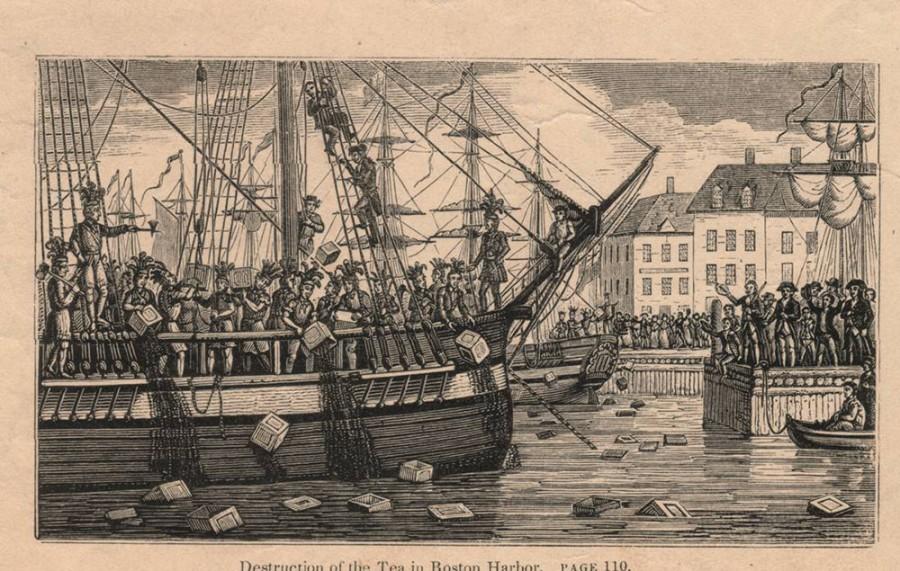History of protests around the world
With the recent protests in Ferguson, Missouri, it seems like our right to assembly is a hot topic right now. Looking back, there have been many gatherings like it throughout history. People want to protest.
These protests happen all over the world, and most countries don’t have the same amendment rights as the United States. Some don’t end as well as others, though some do create progress. Either way, humans aren’t going to stop wanting to change what they feel is wrong.
Here are some notable protests that have happened throughout history:
The Boston Tea Party
While it was a simple act of defiance, it made a point nonetheless. In 1773, Samuel Adams and the Sons of Liberty were angry about the new Tea Act passed by the British. It caused heavy taxation on tea to help the struggling East India Company. Adams and the Sons of Liberty boarded three ships in the Boston Harbor on December 16, and dumped out over 300 chests of tea. This protest was one of many feuds that led to the American Revolutionary War, which eventually led to America’s independence.
Gandhi’s Salt March
In March to April 1930, Gandhi led what would be one of the largest peaceful protests of all time. Tens of thousands marched for more than 240 miles and made their own salt, going against the British Salt Acts. The Salt Acts were put forth by the British to force Indians to buy their heavily-taxed salt; it was illegal for them to buy or sell their own. Although the protest was peaceful, it resulted in more than 60,000 arrests, including Gandhi himself. Gandhi’s ultimate dream was eventually realized, though, when India gained its independence from Britain in 1947.
March on Washington
More than 200,000 Americans gathered in Washington D.C on August 28, 1963. They were protesting racial inequality on an economic and social scale, an issue that still is being protested today. Martin Luther King’s famous “I Have a Dream” speech took place here, the rally was a monumental step in the Civil Rights Movement. The Civil Rights Act was signed into law about a year later, on July 2, 1964.
Tiananmen Square Protests
Sparked from the death of Hu Yaobang and a desire for democratic reform, many students let protests in Beijing’s Tiananmen Square in April-June 1989. They occupied the square and held a hunger strike, which led to military action being taken by China. Hundreds to thousands were killed, and while some fought back, most remained peaceful throughout the whole demonstration. The government did regain control of the square, and not much was immediately accomplished besides international uproar.
Iraq War Protests
A more recent protest, the assemblies against the Iraq War took place on February 15, 2003. Around 14 million people in hundreds of cities around the world gathered in protest of the pending American invasion of Iraq. It was officially recognized by the Guinness Book of World Records as the largest protest in human history. While it didn’t stop the invasion, it was an inspiration for a new generation of people to stand up for what they believe in.
Protests have been going on for as long as there has been oppression, and it won’t stop as long as people have something to fight for. While not all protests accomplish what they originally set out for, they create and spread ideas that continue the everlasting battle for humans to fix what they feel is unjust. Sitting back and watching cannot be an option.








